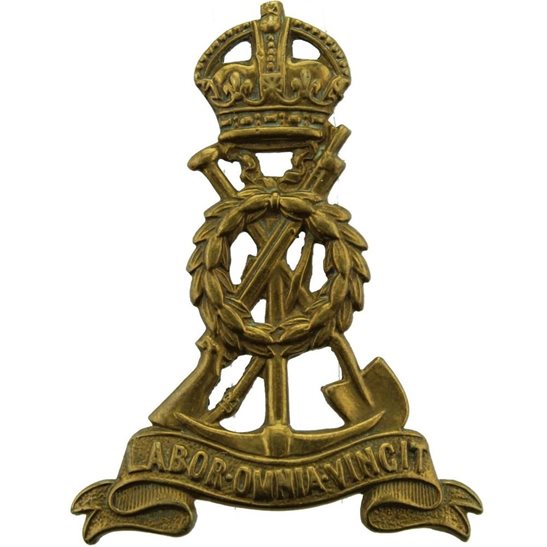Personal Details
Born: 27 March 1886 in Whitchurch, Shropshire and baptised at St. Alkmund’s Church on 6 April the same year.
Family: He was the son of Betsy Millington and was brought up as the adopted son of Robert Zackery, a journeyman clogger, and his wife Anne. He married Dora B Warton in 1915 in Whitchurch and together they had three children – Dora E, Joan K and Joyce B.
Residence: His mother was living in Railway Inn Yard, Whitchurch when he was baptised. In 1901 he was living with the Zackery family at 2 Claypit Street Terrace, Whitchurch. In 1919 when he left the army he lived at 42 Egerton Street where he continued to live until the time of his death.
Employment: In 1901 he was an errand boy; in 1939 he was a fitter’s mate for a clock manufacturer.
Died: In 1958 at the Royal Salop Infirmary, Shrewsbury, Shropshire and was buried on 24 May the same year in Whitchurch cemetery.
Military Details
Regiment: Labour Corps (previously The King’s (Liverpool Regiment))
Rank: Private
Service Number: 47711 (previously 43681)
Date of Enlistment: Not known
Date of Discharge: 23 November 1918
Reason for Discharge: Not known
William was awarded the Campaign Medals (British War Medal, and Victory Medal).

The British War Medal (also known as 'Squeak') was a silver or bronze medal awarded to officers and men of the British and Imperial Forces who either entered a theatre of war or entered service overseas between 5th August 1914 and 11th November 1918 inclusive. This was later extended to services in Russia, Siberia and some other areas in 1919 and 1920. Approximately 6.5 million British War Medals were issued. Approximately 6.4 million of these were the silver versions of this medal. Around 110,000 of a bronze version were issued mainly to Chinese, Maltese and Indian Labour Corps. The front (obv or obverse) of the medal depicts the head of George V. The recipient's service number, rank, name and unit was impressed on the rim.
The Allied Victory Medal (also known as 'Wilfred') was issued by each of the allies. It was decided that each of the allies should each issue their own bronze victory medal with a similar design, similar equivalent wording and identical ribbon. The British medal was designed by W. McMillan. The front depicts a winged classical figure representing victory. Approximately 5.7 million victory medals were issued. Interestingly, eligibility for this medal was more restrictive and not everyone who received the British War Medal ('Squeak') also received the Victory Medal ('Wilfred'). However, in general, all recipients of 'Wilfred' also received 'Squeak' and all recipients of The 1914 Star or The 1914/1915 Star (also known as 'Pip') also received both 'Squeak' and 'Wilfred'. The recipient's service number, rank, name and unit was impressed on the rim.

